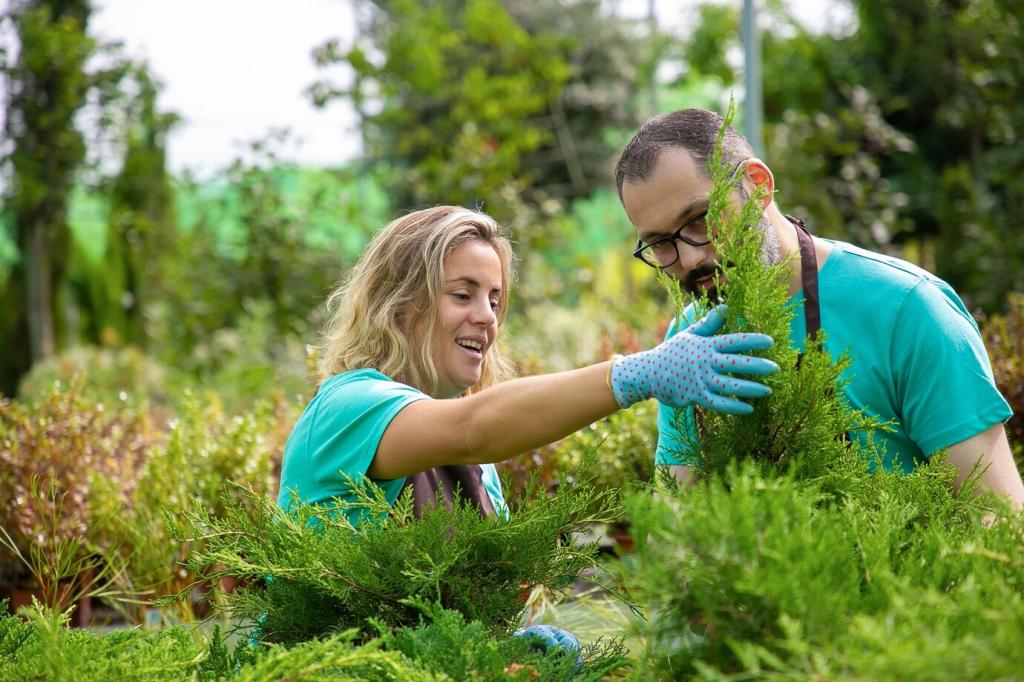Soil Health First: Peat-Free, Living, and Resilient
Layer compost, leaf mold, and gentle, diverse mulches to feed fungi and microbes that anchor plant health. Mycorrhizal networks help roots find water and nutrients. Over time, you’ll notice stronger growth, fewer pests, and the quiet satisfaction of soil that breathes, drains, and teems with life.
Soil Health First: Peat-Free, Living, and Resilient
Peatlands store vast carbon and protect rare species; harvesting them releases emissions. Opt for peat-free blends using coir, bark fines, composted wood fiber, or leaf mold. Your seedlings will still flourish, while you protect ancient ecosystems and keep your gardening aligned with global climate goals.




